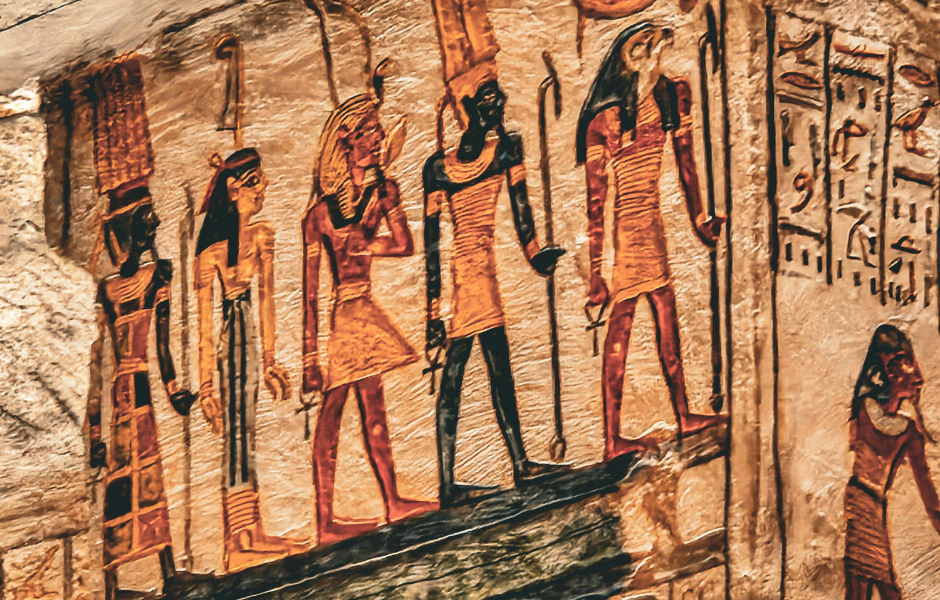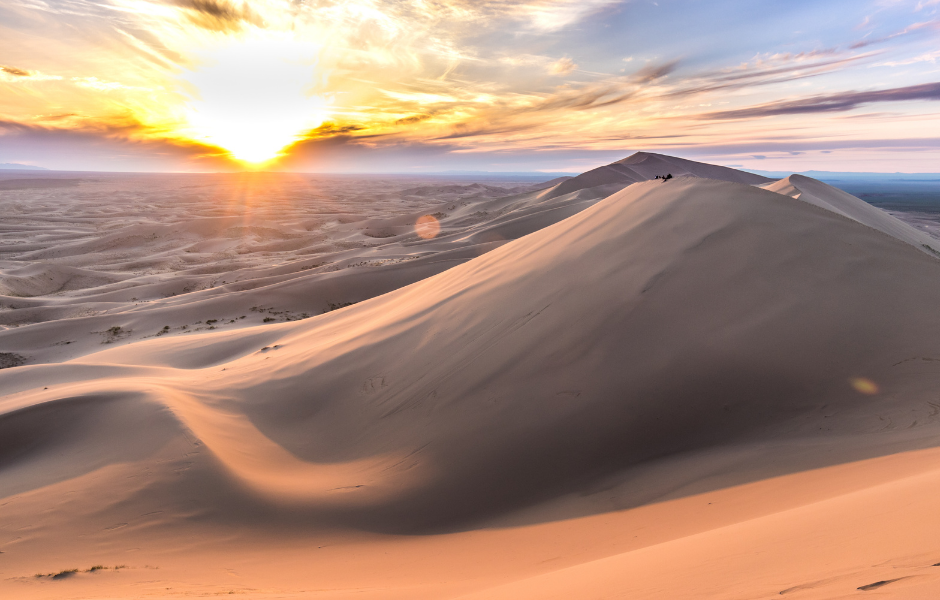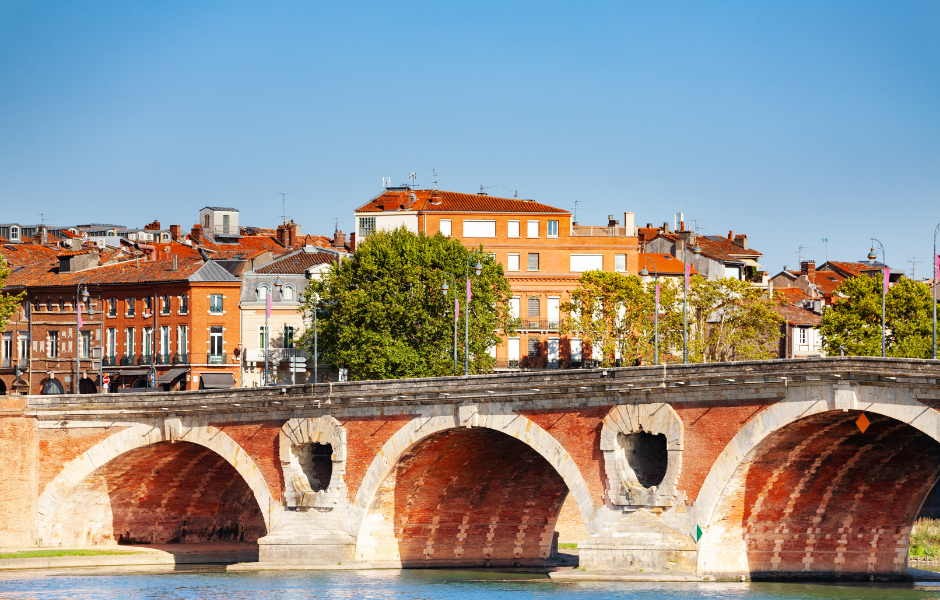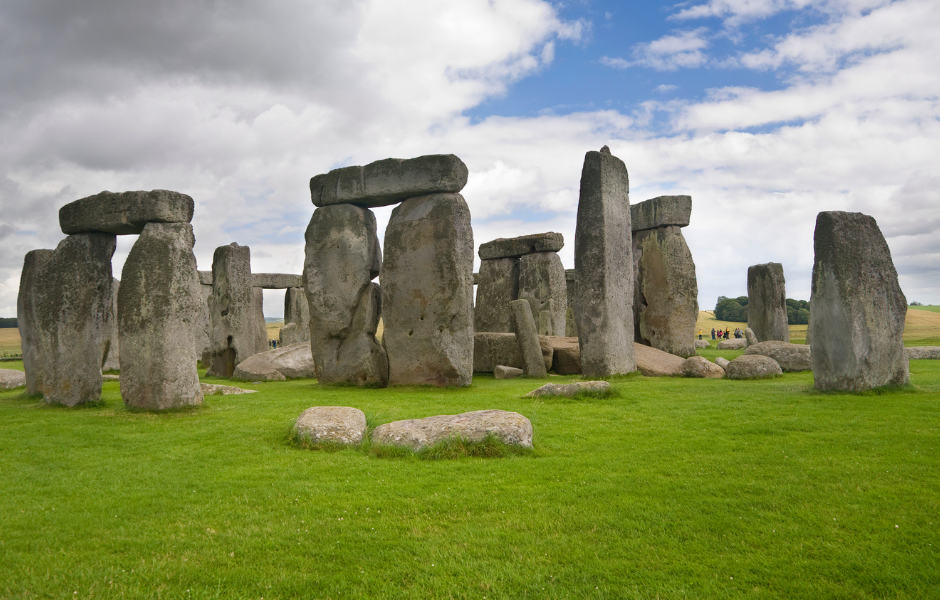
This children’s article, Stonehenge explained for kids, has been written for native English speakers and learners of English as a second or foreign language. It can help children build vocabulary, learn about British history, and discover the mysteries behind one of the world’s most famous ancient monuments. Written by Mark Pulley, a teacher and writer who creates fun and informative news articles for English learners.
What is Stonehenge?
Stonehenge is one of the most famous landmarks in the world. It’s a huge circle of giant stones standing in the English countryside in Wiltshire, southern England. Some of the stones are taller than a double-decker bus! No one knows exactly why it was built, but it’s believed to be around 4,500 years old.
Archaeologists think it may have been used for ceremonies, perhaps connected to the sun or the changing seasons. The site is carefully lined up with the sunrise on the longest day of the year, called the summer solstice. On that day, the sun rises directly above one of the main stones, which is an incredible sight that still attracts visitors every year.
How was Stonehenge built?
One of the biggest mysteries about Stonehenge is how people built it without modern machines. The stones are enormous; some weigh as much as four elephants! Scientists believe the builders used simple tools, ropes, wooden rollers, and a lot of teamwork.
The stones come from two main places. The smaller “bluestones” were brought from Wales, nearly 240 kilometres away, while the larger “sarsen stones” came from closer to the site. Moving them must have taken months or even years.
Why was Stonehenge built?
Nobody knows for sure why Stonehenge was created. Some experts think it was a temple for the sun, while others believe it was used as a burial place or a place for healing. The truth might be a mix of all these ideas.
Ancient people probably used it for gatherings and ceremonies to mark important times of the year, such as the solstices. Whatever its original purpose, Stonehenge shows how clever and determined people were thousands of years ago.
Stonehenge today
Today, Stonehenge is protected as a UNESCO World Heritage Site. It attracts over a million visitors each year who come to see the stones and learn about the people who built them. Modern technology helps scientists study the site and discover more about its secrets.
You can’t touch the stones anymore to help preserve them, but there’s a visitor centre with models, films, and even replica stones that you can walk around. Whether you see it in person or in pictures, Stonehenge remains one of history’s most fascinating puzzles.
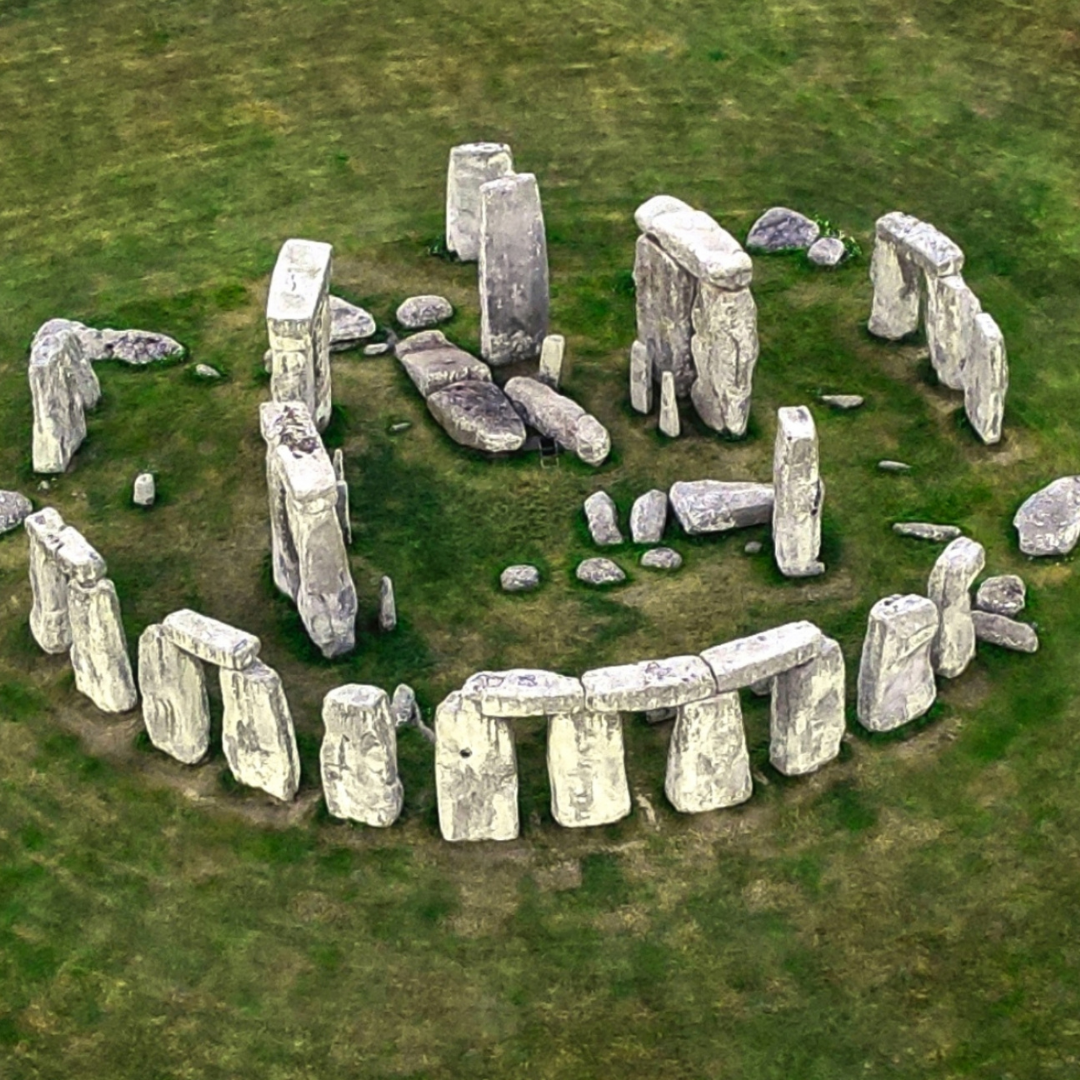
Article vocabulary list
- Landmark: A famous or important place or object that’s easy to recognise.
- Ceremonies: Special events held for religious or cultural reasons.
- Solstice: The longest or shortest day of the year.
- Archaeologists: Scientists who study ancient places and objects.
- Bluestones: Smaller stones at Stonehenge brought from Wales.
- Sarsen stones: The large stones used to build the main circle of Stonehenge.
- Temple: A building used for worship or special gatherings.
- Preserve: To protect something and keep it safe from damage.
Comprehension questions
Just click the plus (+) to see the answer
1. Where is Stonehenge located?
A) In northern Scotland
B) In Wiltshire, southern England
C) In Wales
Answer: B) In Wiltshire, southern England
2. About how old is Stonehenge?
A) 500 years old
B) 1,000 years old
C) Around 4,500 years old
Answer: C) Around 4,500 years old
3. What happens at Stonehenge during the summer solstice?
A) The moon rises above the stones
B) The sun rises directly above one of the stones
C) People light candles inside the circle
Answer: B) The sun rises directly above one of the stones
4. What are the smaller stones at Stonehenge called?
A) Sarsen stones
B) Bluestones
C) Pebbles
Answer: B) Bluestones
5. Why can’t visitors touch the stones anymore?
A) They are too heavy
B) They are fenced off for safety
C) To help preserve and protect them
Answer: C) To help preserve and protect them

Mark is a writer and EFL teacher from England with eight years’ experience. He’s passionate about travel, sport (especially football), animals, nature, and history, and enjoys helping children explore the world through language and learning.


